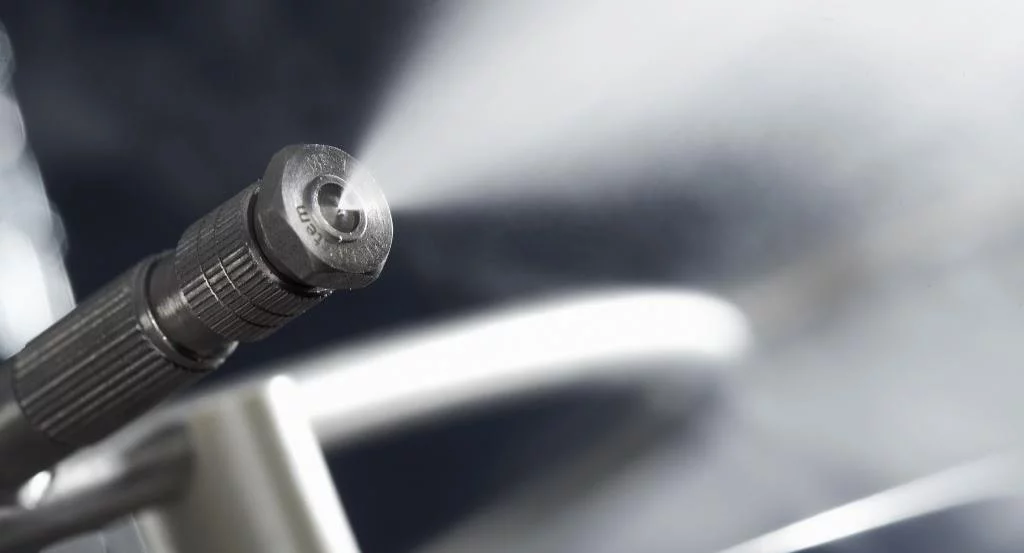Ideal Humidity Levels and How to Create them at your Facility
- By: v.karthik.pillai@gmail.com
- February 18, 2020
In the last post, we spoke about how maintaining the right humidity at your facility can optimize production and create a healthier work environment. In this post, we will talk about ideal humidity levels and ways to achieve it.What is the ideal humidity level?
Ideal humidity level depends on the type of fabric and the process being undertaken. Manmade fabrics generate more static charge while natural ones are more vulnerable to moisture than manmade fabrics. For instance cotton and linen are brittle in nature and hence need to be at very high humidity levels, i.e. around 70 – 80%rH. Wool requires humidity levels of around 65%rH. Man made fibers like artificial silk require lower humidity levels of around 65%rH.
How can you humidify?
One can effectively humidify a textile plant with the simple use of a compressed air and water spray system, in which rows of nozzles are roof mounted which combine compressed air and water to release fine mist. This types of humidification system is reliable, hygienic and most convenient to install. One can also use spray humidifiers which just use high pressure water to create sprays and do not need compressed air. This system, however, has the disadvantage of drips that can possibly damage machinery or injure staff working around it by slipping.
Also, one need not humidify a complete facility, as the option of localized spray systems that can be free standing or mounted on a textile machinery is also available. This system directly sprays on to a process to create the desired humidity in the immediate vicinity. This is a very economical and effective way to humidify. Whenever you are releasing water in the atmosphere, one has to take utmost care of hygiene as bacteria or viruses present in the water can be inhaled by people in the surrounding area. Cold water humidification systems should generally auto-flush at least every 24 hours. This ensures that the water does not stagnate in the pipes thereby allowing bacterial growth. Also, regular servicing is really crucial in maintaining hygienic conditions in humidification systems. One should hire a competent personnel who can carry out time to time inspections to ensure optimum and hygienic performance.Though installing a humidification system seems like an answer to most of your problems, there are many different concerns involved with humidification of textile plants which can cost you dearly if you go wrong. Hence it is very essential that that you get expert advice from an experienced professional from the textile industry.
